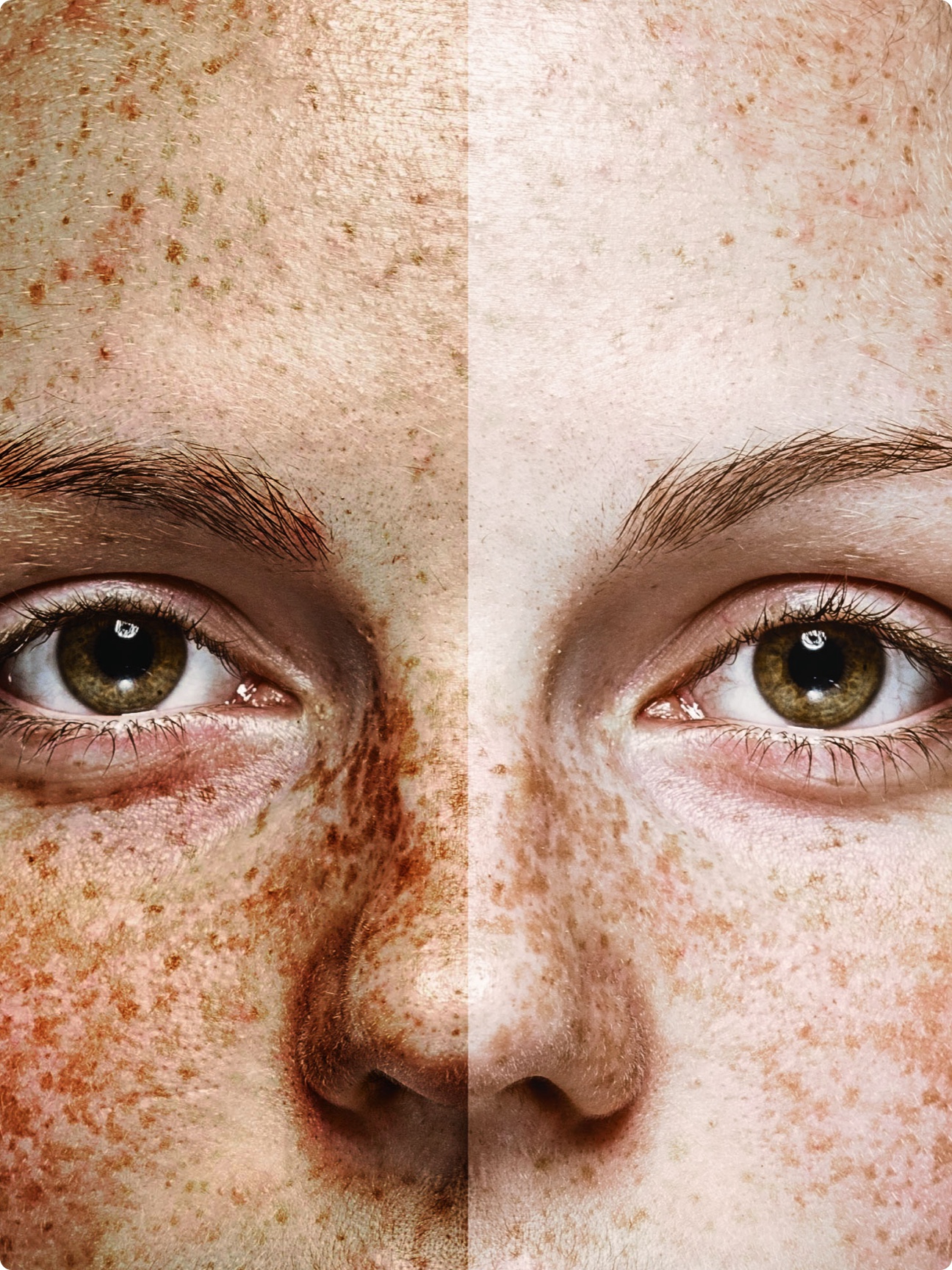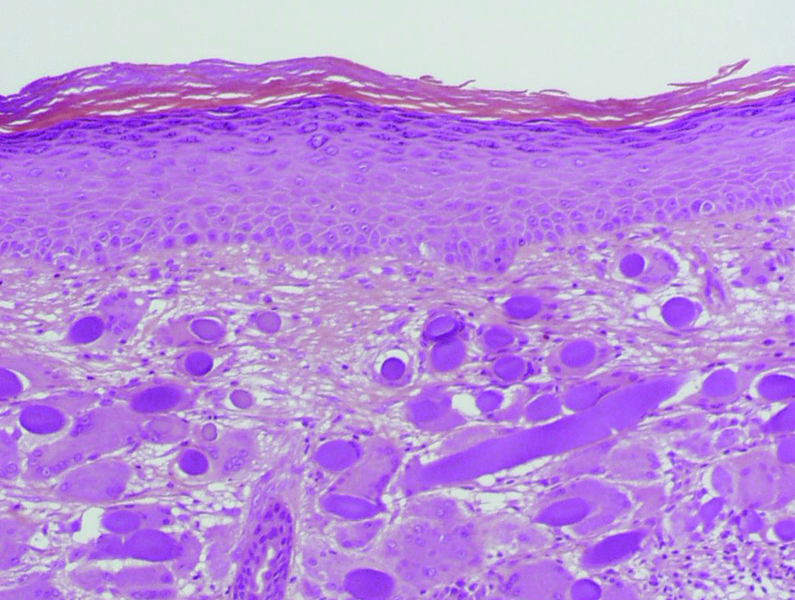

16.4 million people in the United States suffer from dry eye disease.
Dry eye disease is a common ocular condition affecting millions of people all over the world. According to National Health and Wellness Survey, an estimated 16.4 million people in the United States suffer from dry eye disease. As per the current Tear Film & Ocular Surface Society (TFOS) definition, dry eye is a multifactorial disease characterized by loss of tear film homeostasis, tear hyperosmolarity, ocular surface inflammation, and neurosensory abnormalities. The condition can cause a wide array of symptoms such as redness, stringy mucous, burning, and itchy sensation. Left untreated, the disease can result in visual disturbance and tear film instability with potential damage to the ocular surface. Since the disease can significantly impact professional, social, and leisure activities, it leads the patient either to self-medicate with over-the-counter products or to seek medical help.
Source:
Kathuria, A.; Shamloo, K.;Jhanji, V.; Sharma, A. Categorization of Marketed Artificial Tear Formulations Based on Their Ingredients: A Rational Approach for Their Use. J. Clin. Med. 2021, 10, 1289
Estimates of keratoconus prevalence vary range from 50–600 per 100,000, making the condition the most common type of corneal ectasia.
Keratoconus is a progressive asymmetric corneal ectatic disorder characterized by central or paracentral corneal thinning and irregular astigmatism. Estimates of keratoconus prevalence vary depending on geographic location, patient ethnicity, and diagnostic criteria but frequently range from 50–600 per 100,000, making the condition the most common type of corneal ectasia.
Source:
Epithelium-on Corneal Collagen Cross-Linking with Hypotonic Riboflavin Solution in Progressive Keratoconus, Kenneth A Beckman, Clinical Ophthalmology 2021:15 2921–2932
Glaucoma currently affects 80 million people worldwide.
Glaucoma is a chronic multifactorial neurodegenerative disease that leads to visual loss. The etiological framework of neurodegeneration in glaucoma encompasses multiple stressors, including increased intraocular pressure (IOP), aging, vascular dysfunction, and genetic/epigenetic factors. Interconnected pathogenic processes for glaucomatous neurodegeneration involves biomechanical, vascular, metabolic, oxidative, or inflammatory components.
Source:
Review Multifactorial Pathogenic Processes of Retinal Ganglion Cell Degeneration in Glaucoma towards Multi-Target Strategies for Broader Treatment Effects, Gülgün Tezel – Cells 2021, 10, 1372
Global AMD patients has been predicted to rise from 196 million in 2020 to 288 million in 2040.
AMD is the fourth most common cause of blindness and among patients with moderate to severe vision impairment, it is the third most common cause. AMD is related to aging and is a disease that causes problems in the central region of the retina, also known as the macula. There are many risk factors associated with AMD, such as tobacco smoking, age increasing, experiences of cataract surgery, family history, high body mass index (BMI) values, cardiovascular disease, hypertension, plasma fibrinogen, obesity, atherosclerosis, high-density lipoprotein cholesterol (HDC-C), etc.
Source:
Cho, Y.-K.; Park, D.-H.; Jeon, I.-C. Medication Trends for Age-Related Macular Degeneration. Int. J. Mol. Sci. 2021, 22, 11837.
Diabetes mellitus (DM) is a chronic metabolic disease characterized by hyperglycemia, resulting from defects in insulin secretion, insulin action, or both. The chronic hyperglycemia of diabetes is associated with long-term damage, dysfunction, and failure of various organ systems, especially the eyes, kidneys, nerves, heart, and blood vessels. Diabetic retinopathy (DR) is the most common microvascular complication of DM and is a leading cause of blindness in the working age population worldwide. Globally, DR affects approximately one third of the general diabetic population. Within 20 years of DM diagnosis, almost all of those affected by Type 1 Diabetes and over 60% of those affected by Type 2 Diabetes will have at least some retinopathy.
Source:
The Role of Lipoxidation in the Pathogenesis of Diabetic Retinopathy. Augustine J, Troendle EP et al. Front. Endocrinol. (2021) 11:621938
S. aureus is one of the most common causes of ocular infections worldwide. It has been reported as the most common cause of microbial keratitis (MK), which is a sight threatening infection of the cornea. Conjunctival infection (conjunctivitis) is also frequently caused by S. aureus. S. aureus is also commonly observed in inflammatory adverse reactions associated with contact lens-wearing.
Source:
Afzal, M.; Vijay, A.K.; Stapleton, F.; Willcox, M.D.P. Susceptibility of Ocular Staphylococcus aureus to Antibiotics and Multipurpose Disinfecting Solutions. Antibiotics 2021, 10, 1203.
Surgical intervention is the most effective treatment for decreased vision resulting from cataracts. Although the current procedures for cataract surgery are safe and effective, it is well known that several complications can develop after surgery. Postoperative cystoid macular edema (CME) is a well-known complication: the incidence of clinical CME following modern cataract surgery is 0.1–2.35%. Preexisting conditions such as diabetes mellitus and uveitis as well as intra operative complications can raise the risk of postsurgical CME.
Source:
Kato, Kumiko et al.(2019). Management of Postoperative Inflammation and Dry Eye After Cataract Surgery. Cornea, 38(), S25–S33.
Most of the steroids used in ophthalmology belong to a family called glucocorticoids, which have anti-inflammatory and immunosuppressive activity. Intravitreal steroids are used for ocular inflammations that states of retinal inflammation or for specific pathologies such as uveitis or to color the vitreous. Since the procedure involves globe penetration, it must be performed under aseptic conditions.
Source:
Local delivery of corticosteroids in clinical ophthalmology: A review. Adrian T. Fung et al. Clin Experiment Ophthalmol. 2020;48:366–401
Related areas






